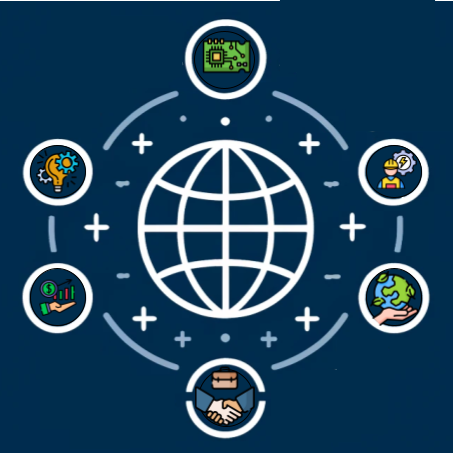My top 3 takeaways from each one:
“Measure What Matters: How Google, Bono, and the Gates Foundation Rock the World with OKRs” by John Doerr
To foster a team of people working hard towards a common goal, there must be little to no ambiguity about the tangible target
Objectives are the “Whats“. They express your goals and intents. They are aggressive yet doable and realistic.
There is a huge difference between a committed OKR and an aspirational OKR. Classifying an OKR as aspirational increases the chance of failure as teams may not take it seriously, thus they may not change their priorities on delivering the OKR. Instead, focus on committed OKRs which have clear key results to achieve, resulting in unambiguous action from the team.
“The Google Boys: Sergey Brin and Larry Page In Their Own Words” by George Beahm → Here were my top 3 quotes from both Larry and Sergey:
“My job as a leader is to make sure everybody in the company has great opportunities, and that they feel they’re having a meaningful impact and are contributing to the good of society.“ - Larry Page
“It’s often easier to make progress when you’re really ambitious. And the reason is that you actually don’t have any competition because no one is willing to try those things. And you can also get all the best people….Anything you can imagine probably is doable. You just have to imagine it and work on it.“ - Larry Page
“This is where you want to make sure you are hiring employees because they love to work here, they love to create things, and they’re not here primarily for the money. Although when they do create something valuable you want to reward them. That’s when these things really pay off. I like to think we’re putting a lot of investment in things that matter a lot more when you’re not having such a great time as a company. I’m sure things will fluctuate“ - Sergey Brin
“Show Your Work!: 10 Ways to Share Your Creativity and Get Discovered” by Austin Kleon
To be found, you have to be foundable. In other words, you have to provide easy opportunities for people to discover you!
You don’t have to be a genius — I certainly am not a genius to start writing this!
Embrace your journey! No matter how messy it is, remember that imperfection is what makes us human and relatable.
“The Real Business of Blockchain: How Leaders Can Create Value in a New Digital Age“ by David Furlonger and Christophe Uzureau
In the middle to late 2020s, developments of blockchain, internet of Things (IoT), artificial intelligence (AI), and self-sovereign identity (SSI) will converge under the concept of “enhanced blockchain solutions“
Self-Sovereign Identity (SSI): Enables ownership and control of digital/non-digital identities, enhancing security and flexibility.
Decentralization in blockchain is often misunderstood. Read my other article here to learn why
Blockchain is the backbone of Web 3.0, potentially our next computing platform following the WWW (web 1.0) and mobile internet (web 2.0).
“The Code: Silicon Valley and the Remaking of America” by Margaret O’Mara
Government spending during the Cold War sparked the creation and early development of Silicon Valley. Defense spending fueled the growth of key industries such like semiconductors and computing, laying the foundation for the tech boom.
The sheer power of ecosystem and interconnected communities: the success of Silicon Valley can be attributed to the dense networks of entrepreneurs, engineers, venture capitalists (VCs), and others who shared insights, collaborated, and supported one another.
The invention of integrated circuit (IC) flooded the door for electrical engineering madness and innovation in Silicon Valley
“Think Bigger: Developing a Successful Big Data Strategy for Your Business“ by Mark Van Rijmenam
Big data is not all about the amount of data, it is about integrating diverse datasets with varying characteristics, sourced from different origins, and collected at various times.
Gamification is all about motivating people to act. This serves to getting them to share the right information in the right context. The golden rule is that the more they are engaged, the more they are willing to share.
Almost anything can be turned into big data, although most cases are unneeded:
Internet of Things (IoT) can turn a cup of coffee into data by simply attaching a few sensors (e.g. when it was consumed, how quickly, where, for how long, the number of sips, and its temperature.)



